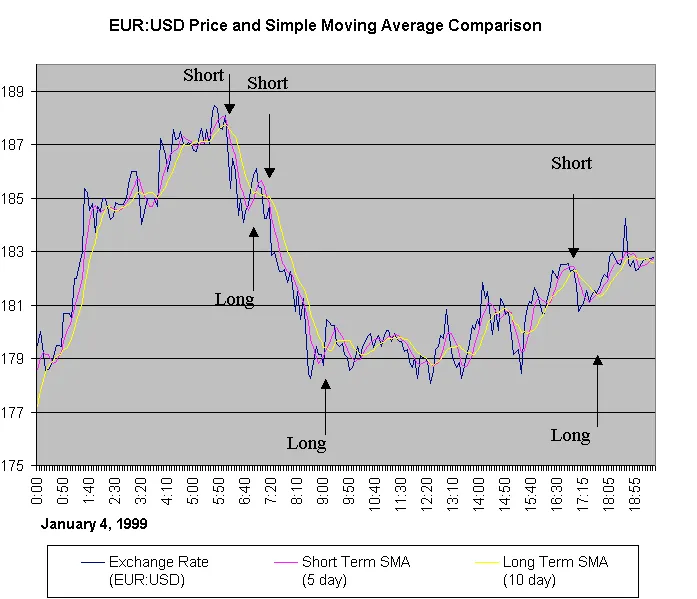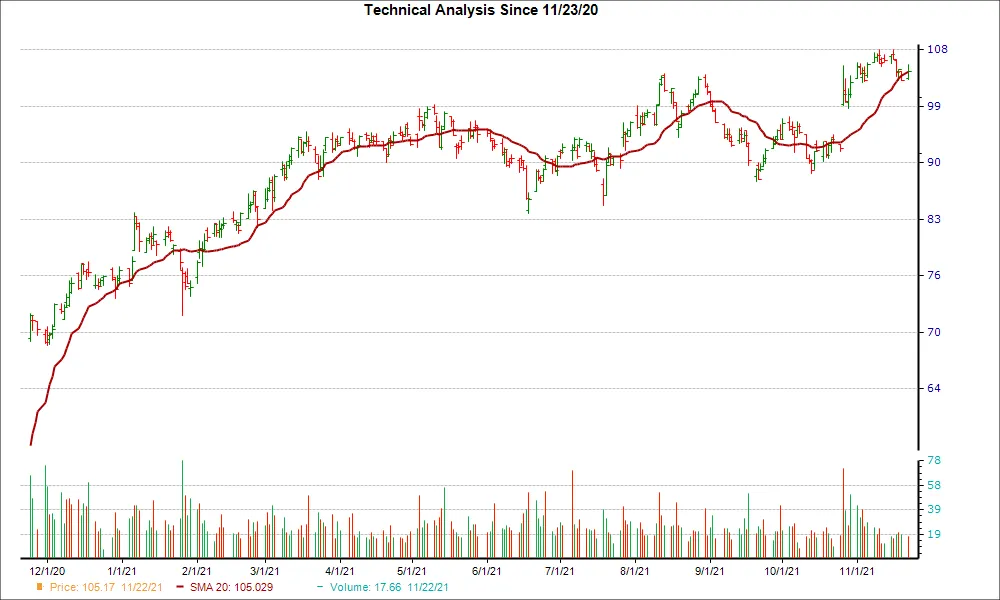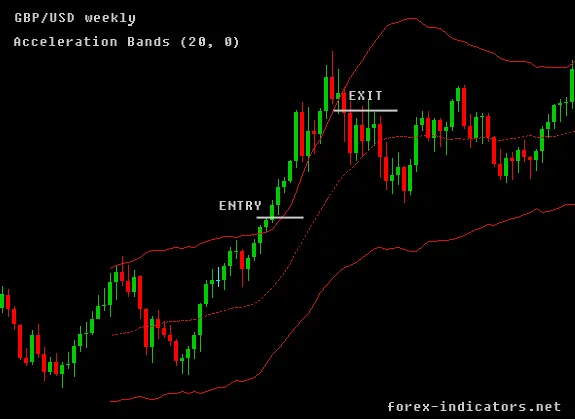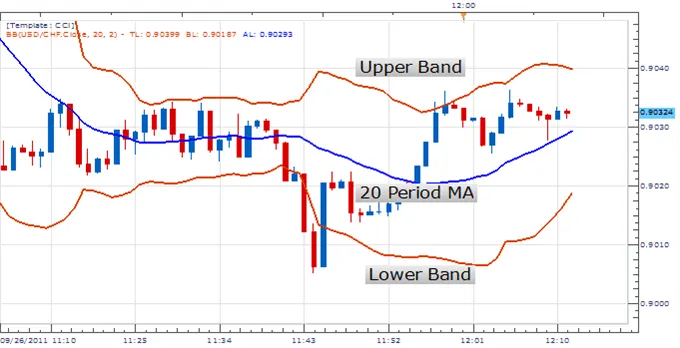Price Momentum Oscillator Study
By Samantha Baltodano
TL;DR:
The Price Momentum Oscillator (PMO) study was developed by Carl Swenlin and is a rate of change based study that uses a double smoothing method to track a stock or index's relative momentum.
The PMO study also includes a signal line, which is the PMO line smoothed by a third exponential moving average.
A trader may consider buying when the PMO crosses above its signal line and selling when it crosses below.
The PMO is calculated using custom smoothing functions, which are similar to exponential moving averages, but the time period is used directly in the calculation instead of adding one to create a smoothing multiplier.
What Is the Price Momentum Oscillator Study?
The Price Momentum Oscillator (PMO) is a rate of change based study developed by Carl Swenlin. PMO is essentially one-bar rate of change (relative momentum) smoothed by two exponential moving averages.
In addition to the main plot, the PMO study also shows a signal line: the PMO line smoothed again by a third exponential moving average.
The main PMO line oscillates around the zero level. Extremely high readings of the PMO indicator may suggest that the stock or index is currently overbought. Vice versa, extremely low readings may signify that the stock or index is oversold.
In addition, one may find it beneficial to look for divergences between the price plot and the PMO line. These divergences may signify important changes in the trend.
Respectfully when price moves up, we have positive price changes and PMO moves up. When price declines, we have negative PMO changes and price declines.
Calculation
The PMO is calculated by taking a 1-period rate of change and smoothing it with two custom smoothing functions.
The custom smoothing functions are very similar to Exponential Moving Averages (EMA), but, instead of adding one to the time period setting to create the smoothing multiplier (as in a true EMA), the smoothing functions just use the period by itself.
- Smoothing Multiplier = (2 / Time period)
- Custom Smoothing Function = [Close Price - Smoothing Function(previous day)] * Smoothing Multiplier + Smoothing Function(previous day)
- PMO Line = 20-period Custom Smoothing of (10 * 35-period Custom Smoothing of ( ( (Today's Price/Yesterday's Price) * 100) - 100) )
- PMO Signal Line = 10-period EMA of the PMO Line
Note: The time periods chosen here (35, 20, 10-period) can be adjusted.
Trading With the PMO + Trade Signals
Since the PMO uses a double smoothing method, the PMO indicator has a lag effect. The higher smoothing is, the bigger lag is.
To reduce the effect of a lag, technical analysts do not look at the PMO readings and PMO / zero-line crossovers (as with other oscillator indicators). Usually they are monitoring the changes in the PMO's direction - to see when negative price changes start pushing PMO down after it was previously in an upward trend and vice versa.
This is where the signal line we mentioned before comes to play.
One way to spot changes in the PMO line direction is to apply a Moving Average as a signal line (the same as with MACD). Now, all a trader has to do is to watch for the crossovers of PMO and its signal line (EMA applied to PMO).
Bullish and bearish crossovers of the main line and the signal line may be used as potential buy or sell signals.
For more specifics on when to buy and sell with the PMO indicator, read the PMO Strategy article.
Test The Price Momentum Oscillator Study
Great news!
You can back test this exact strategy on historical data for any of your favorite symbols using TradingView.
This strategy has already been built and all you have to do is log in and take it for a spin. You can access this indicator here.
If you’re new to back testing and to TradingView, don’t worry. I created a step-by-step guide you can follow to begin testing the Price Momentum Oscillator.
Summary
- The Price Momentum Oscillator (PMO) is a rate of change study that shows the momentum of a stock or index based on changes in its price and smoothed by two exponential moving averages.
- Traders use PMO and its signal line, which is a third exponential moving average of the PMO, to determine the trend of a stock or index. When the PMO crosses above its signal line, it signals a potential buy opportunity, while when it crosses below its signal line, it signals a potential sell opportunity.
- The PMO study is calculated using custom smoothing functions and signals buying when PMO crosses above its signal line, and selling when PMO crosses below its signal line.
Price Momentum Oscillator is just one of many studies that Archaide automates. For a full list of strategies and studies available click here.
Like what you read? Check out the rest of our content!




